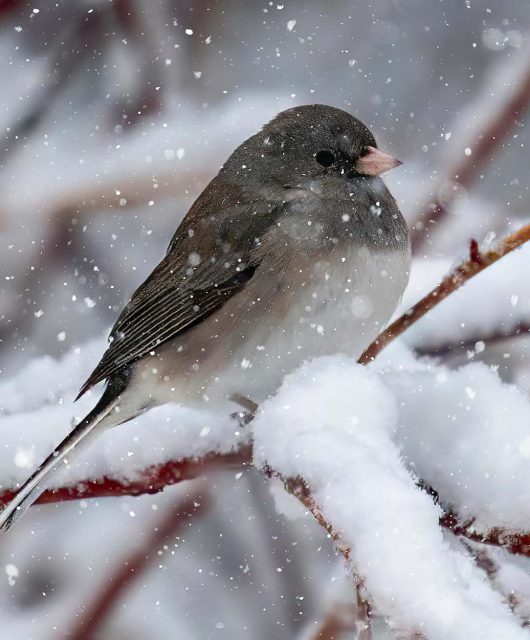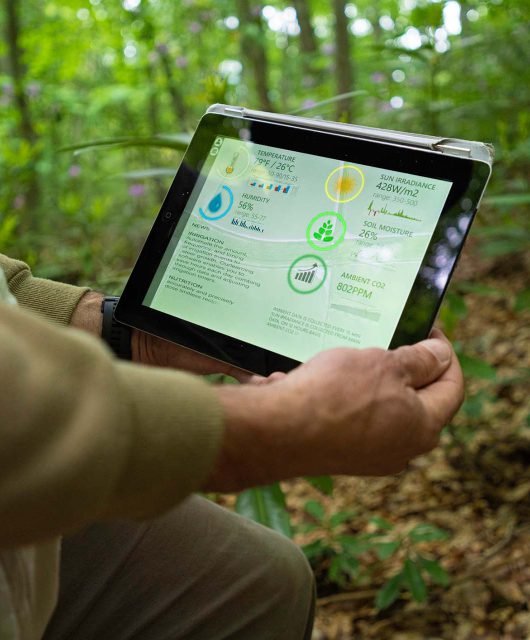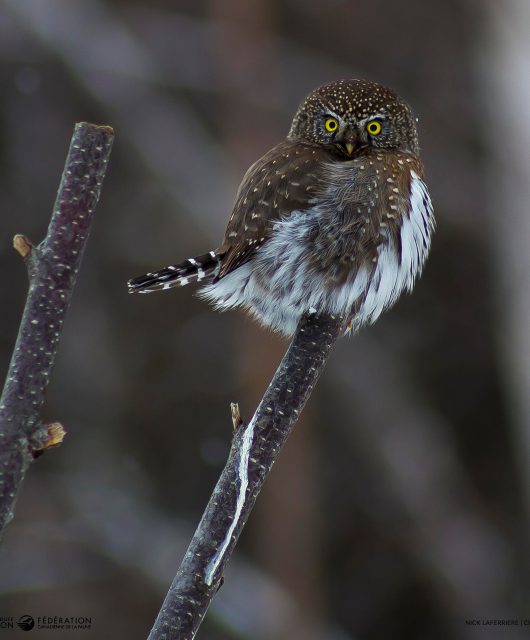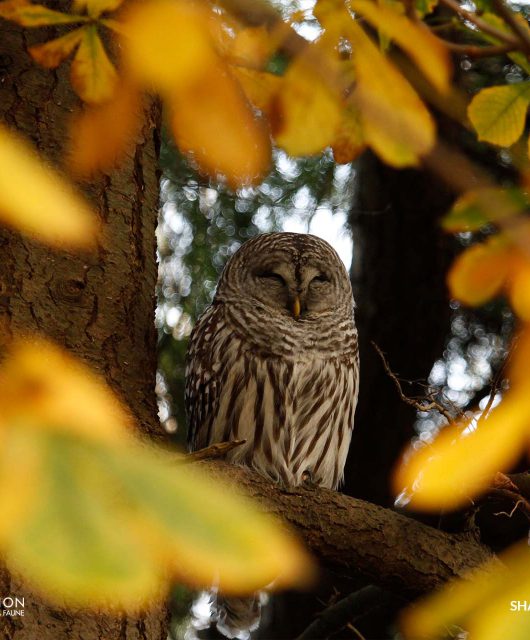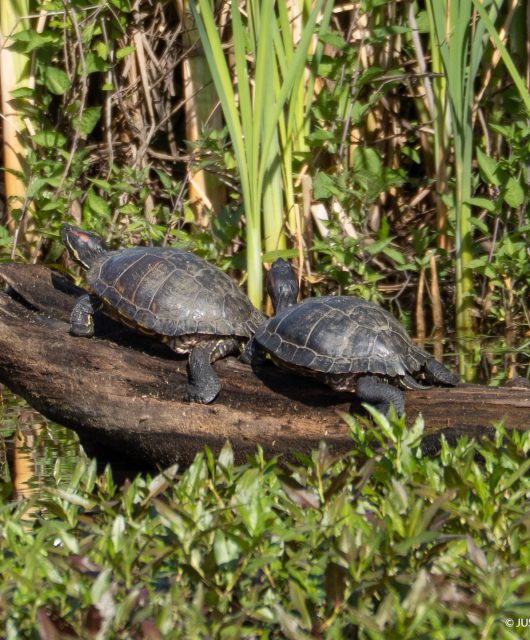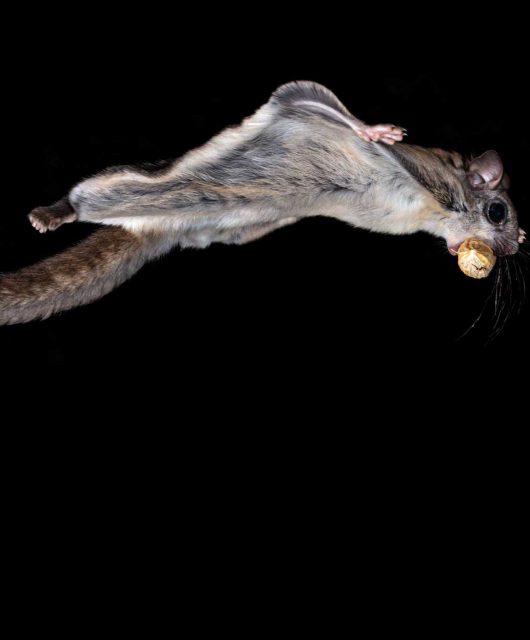Search Results for
l
How to Help Juncos
While Dark-eyed Juncos (Junco hyemalis) aren’t a species at-risk, they can always use a helping hand! They are one of North America’s most abundant forest birds, often found in forest…
Biodiversity and Climate Change Projections
Global biodiversity is already in decline and new research suggests the situation could worsen dramatically unless urgent action is taken. A landmark study published in Science Daily reveals that while…
Silent Night: Canada’s Stealthiest Winter Wildlife
Winter nights can feel quiet, even still. But behind the hush, wildlife is up to some pretty clever (and surprisingly quiet) moves. Let’s meet four of Canada’s stealthiest creatures and…
Wild Minds, Bright Futures.
Friday, October 24, 2025 marked the official launch of the Canadian Centre for Nature-based Education (CCNbE). To celebrate, the Canadian Wildlife Federation hosted a “Wild Minds, Bright Futures” event at…
- Coasts & Oceans
- Connecting With Nature
- Education & Leadership
- Endangered Species & Biodiversity
- Forests & Fields
- Lakes & Rivers
OK Blue Jays!
Three Ways to Help the Jays If you live in an area inhabited by Blue Jays, chances are, you are already very aware of it. This striking bird’s large range…
Lost and Found: Using iNaturalist to connect with familiar and elusive species
By November, the leaves have changed colour and most migratory birds have made their way south. But even as the air cools, the natural world is buzzing online. Thousands of…
Falling for Salmon
The Canadian Wildlife Federation was honored to be invited to participate in the very first He Sqyéytn (Salmon) Festival this fall in the beautiful community of Shulus, British Columbia. The…
Celebrating 10 Years of iNaturalist Canada: A Decade of Tracking Species at Risk
A Decade of Discovery and Conservation iNaturalist Canada turns 10! Since 2015, this platform has brought together a community to document and share observations of biodiversity across the country and…
- Coasts & Oceans
- Connecting With Nature
- Education & Leadership
- Endangered Species & Biodiversity
- Forests & Fields
- Lakes & Rivers
Canadian Wildlife Conservation Report 2025
Results of Your Collaboration With Us This Year on Canadian Wildlife The Canadian Wildlife Federation spent this year collaborating with people around the world who care about wildlife. We spanned…
4 Ways to Help Flying Squirrels
It’s a bird! It’s a drone! No, it’s a flying squirrel! Canada is home to a wide variety of squirrels. You may have seen some of them scurrying along the…

